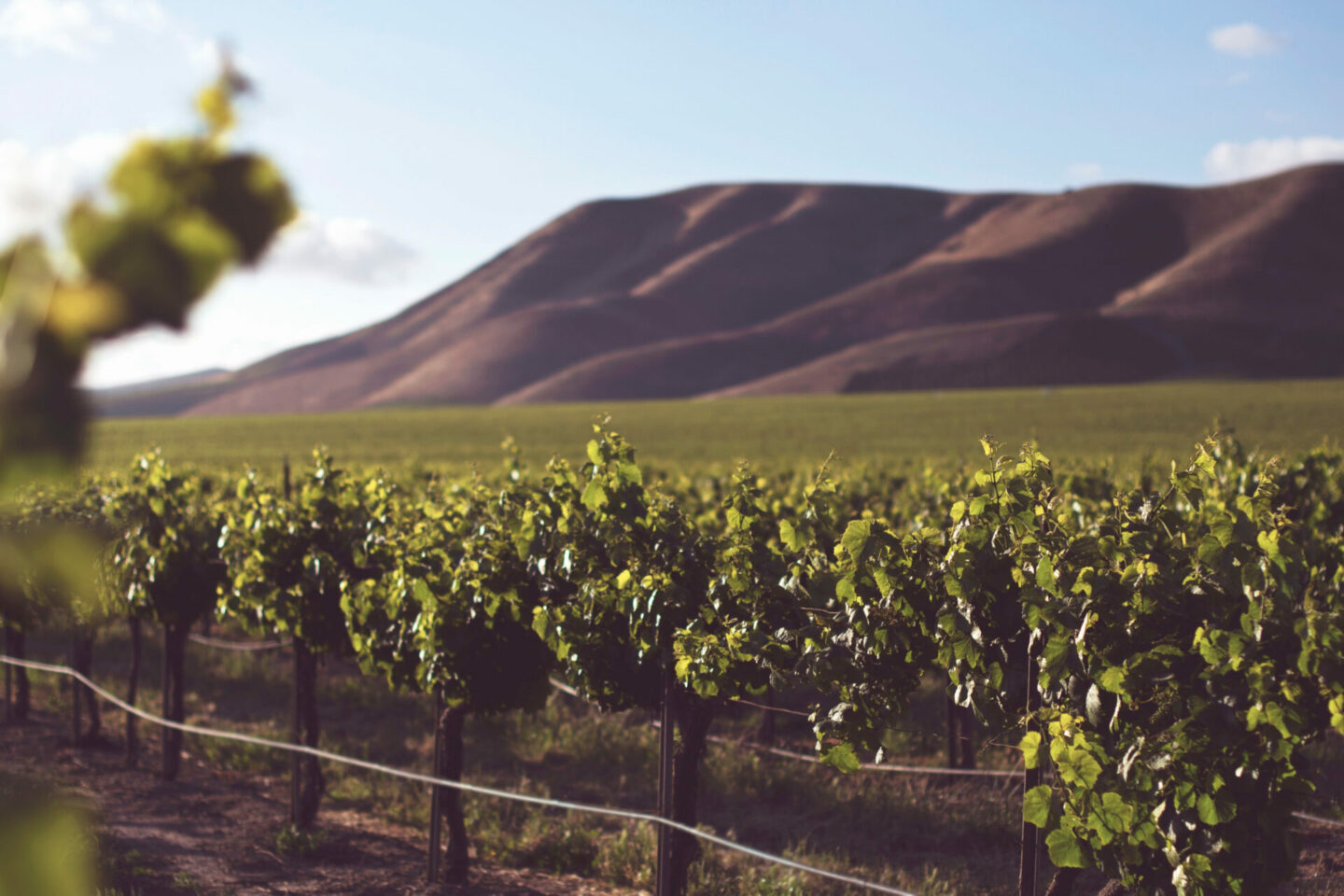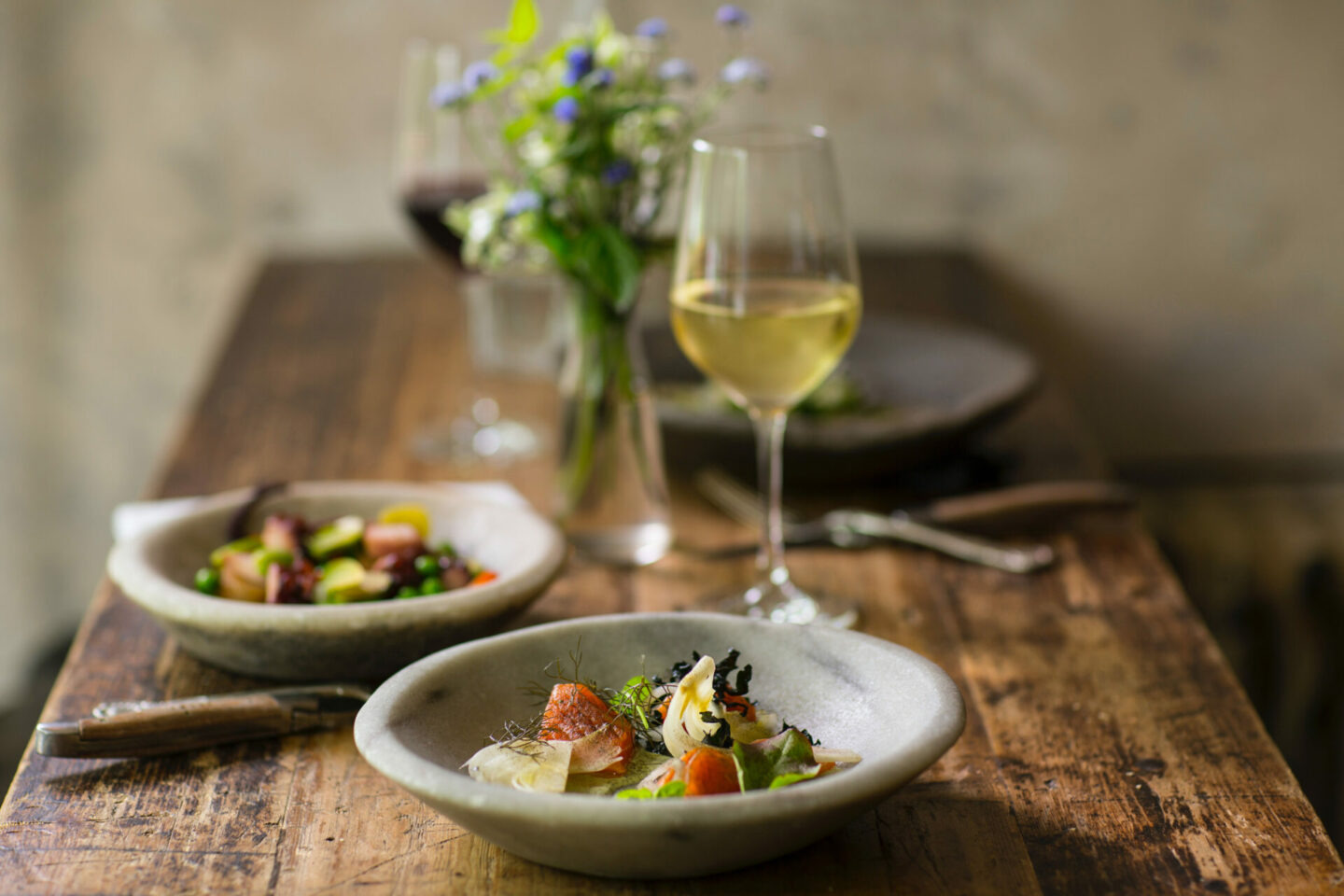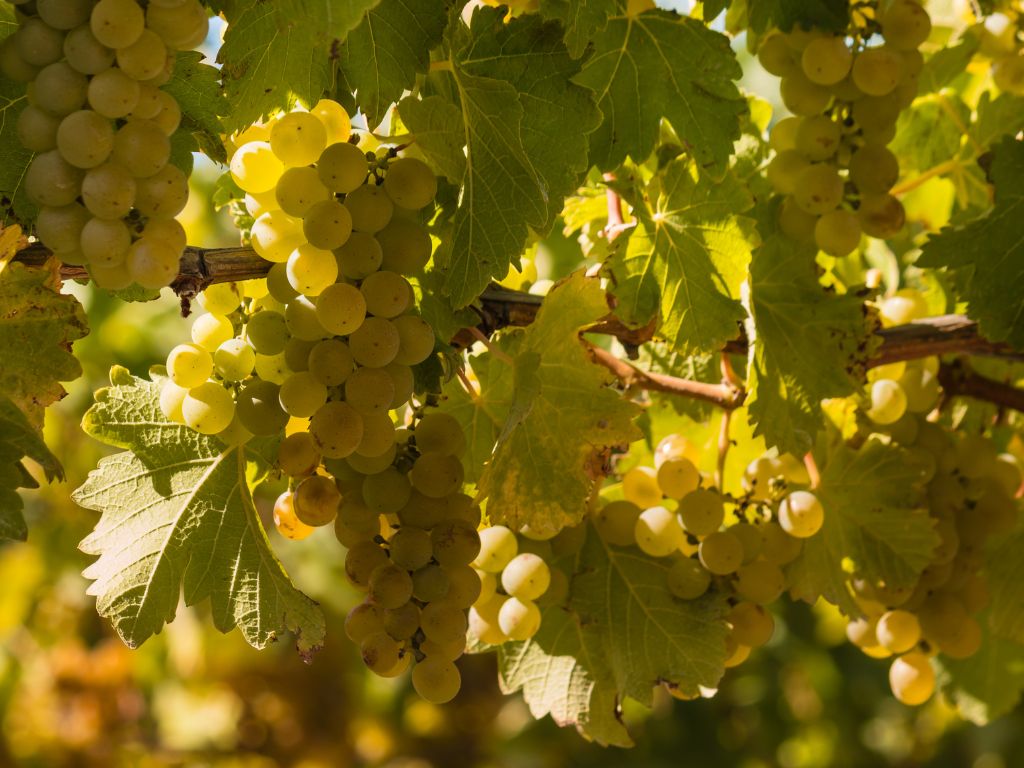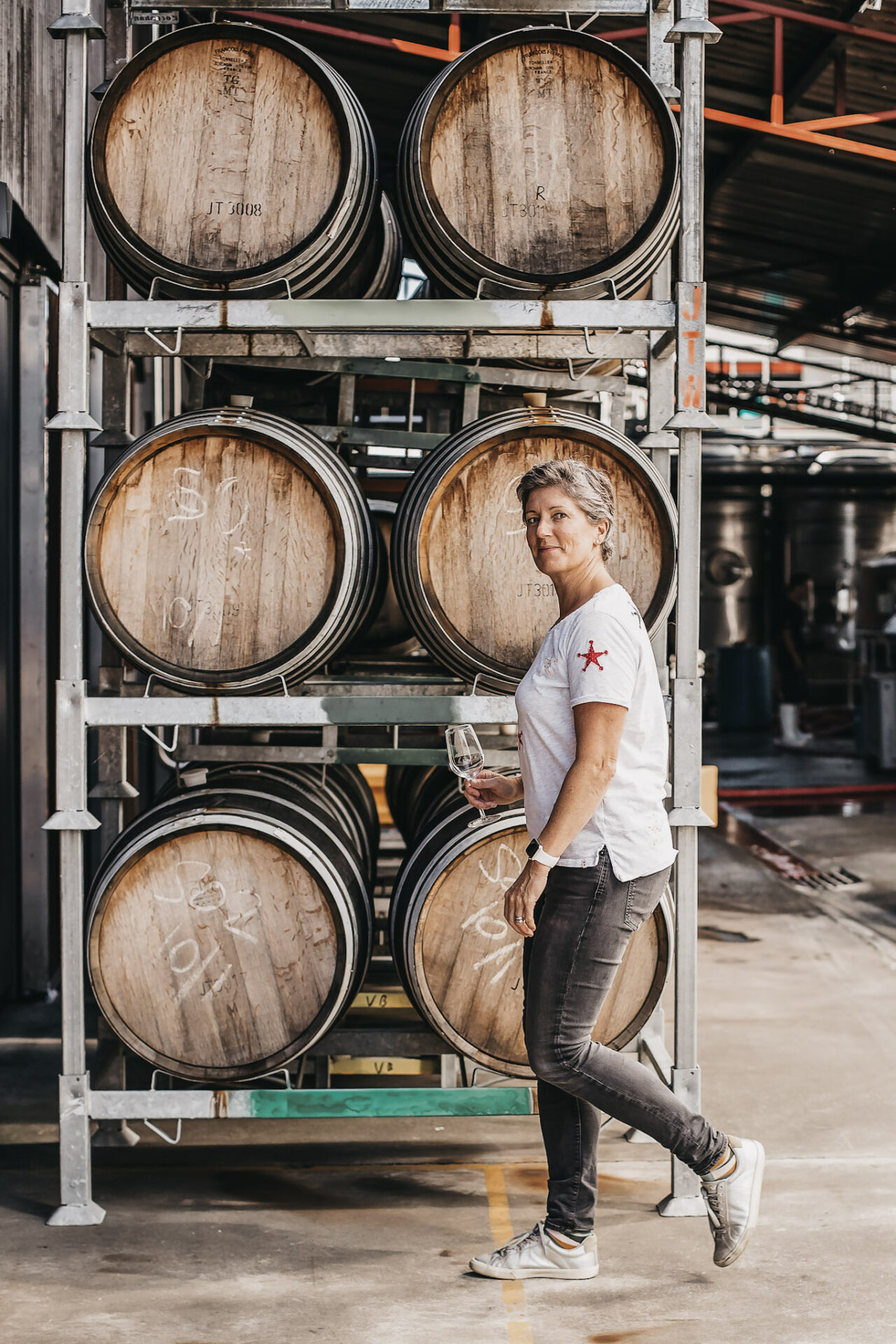
Sauvignon Blanc Unveiled: Exploring the Elegance of a Timeless White Wine
Sauvignon Blanc is a summer staple for a reason!
In the realm of white wines, few varietals possess the sheer versatility, crispness, and character of Sauvignon Blanc. With its roots firmly planted in France’s Loire Valley, this grape has transcended borders and captivated the palates of wine enthusiasts around the world.
Its allure lies in its ability to offer a symphony of flavors that range from zesty citrus to grassy herbaceousness, making it a beloved choice for both neophytes and connoisseurs alike.
Join us on a journey as we delve deep into the world of Sauvignon Blanc. In this blog post, we will uncork the secrets behind its signature taste, explore its diverse regional expressions, and offer valuable insights into the art of pairing this remarkable wine with food.
Whether you’re a Sauvignon Blanc enthusiast looking to deepen your appreciation or a newcomer eager to explore the delights of this varietal, this guide will unlock the doors to a world of vibrant flavors and timeless elegance.
So, raise your glass and let’s embark on a vinous adventure through the captivating world of this delicious white wine!
Looking for a bottle to drink? Check out our guide to the best Sauvignon Blanc wines!

Where Does Sauvignon Blanc Come From?
Sauvignon Blanc, a grape variety celebrated for its vibrant flavors and versatility, has a rich history with its roots tracing back to France. Here’s an overview of where this delicious grape comes from:
France: The Birthplace
Loire Valley
Sauvignon Blanc finds its earliest origins in the historic Loire Valley of France. Here, it has been cultivated for centuries and is associated with famous appellations such as Sancerre and Pouilly-Fumé.
In this region, Sauvvy B wines are renowned for their bright acidity, minerality, and the characteristic aromas of citrus, green apple, and grassy notes.
Bordeaux, France
This grape also plays a significant role in Bordeaux winemaking, particularly in the Graves and Pessac-Léognan subregions.
In Bordeaux, Sauvignon Blanc is often blended with Sémillon to create the iconic white Bordeaux blends, known for their complexity and aging potential.
New Zealand: A Sauvignon Blanc Haven
In the latter half of the 20th century, SB made a dramatic entrance onto the global wine scene in New Zealand, specifically in Marlborough New Zealand.
New Zealand Sauvignon Blanc is celebrated for its intense tropical fruit flavors, zesty acidity, and crispness. It has become one of the country’s flagship varietals, attracting wine enthusiasts worldwide.
Read More: New Zealand Sauvignon Blanc Deep Dive
Rest of the World
Sauvignon Blanc has also found success in various other wine-producing regions across the globe.
In California, particularly in Napa Valley and Sonoma County, it is crafted into both single-varietal wines and blends. At Davis Estates in Napa Valley, their Sauvignon Blanc pours with a radiant, golden hue, offering a lively burst of zesty grapefruit, crisp green apple, and a hint of tropical banana for a refreshing and energetic finish.
In South Africa, Sauvignon Blanc thrives in regions like Stellenbosch and Walker Bay, producing wines with a unique South African character.
As Sauvignon Blanc continues to be planted and experimented with in different wine regions, it consistently offers a spectrum of flavors and profiles, reflecting the terroir and winemaking techniques of each location. This diversity is what makes Sauvignon Blanc a fascinating and ever-evolving varietal, cherished by wine enthusiasts worldwide.
Sauvignon Blanc Taste
Sauvignon Blanc is known for its distinctive and vibrant flavor profile, which can vary depending on the region where it’s grown and the winemaking techniques employed. However, there are some common characteristics that are often associated with Sauvignon Blanc:
Citrus Notes: Sauvignon Blanc typically exhibits bright citrus aromas and flavors. You may encounter notes of lemon, lime, grapefruit, and sometimes even green apple. These citrusy elements contribute to the wine’s refreshing and zesty character.
Herbaceous and Grassy: Many Sauvignon Blanc wines display herbaceous and green characteristics. These can range from freshly cut grass and green bell pepper to hints of herbs like basil and mint. These herbal notes add complexity and freshness to the wine.
Minerality: Sauvignon Blanc often expresses mineral qualities, especially when grown in regions with limestone or gravel soils. This mineral character can give the wine a subtle flinty or stony aspect.
Tropical & Stone Fruits: In some regions, particularly New Zealand’s Marlborough region, Sauvignon Blanc may exhibit tropical fruit notes such as passion fruit, guava, and pineapple in addition to stone fruits, such as peach. These flavors add a layer of exoticism to the wine.
High Acidity: Sauvignon Blanc is known for its refreshing, mouthwatering acidity. This acidity enhances the wine’s brightness and makes it an excellent choice for pairing with a wide range of foods.
It’s important to note that the taste of Sauvignon Blanc can vary greatly depending on where it’s produced.
For example, Sauvignon Blanc from the Loire Valley in France may have different characteristics compared to those from New Zealand or California. Cooler climates, such as France will tend to be more “green” flavored, whereas warmer climates such as California will be more tropical.
Exploring Sauvignon Blanc wines from different regions is a delightful way to appreciate the diversity and nuances of this versatile grape variety.
If you’re looking for varieties similar to each other, Pinot Grigio and Sauvignon Blanc are often compared. Read more about Sauvignon Blanc vs Pinot Grigio here!
Note: Sauvignon Blanc is typically unoaked. When it’s done in an oaked style, it’s referred to as Fume Blanc. Read our guide about it here!

Sauvignon Blanc Food Pairings
Sauvignon Blanc’s bright acidity and vibrant flavors make it a fantastic companion to a wide range of culinary delights.
Its zesty citrus notes harmonize beautifully with fresh seafood dishes like oysters, shrimp, and ceviche, enhancing their natural brininess. The herbaceous and grassy undertones in Sauvignon Blanc pair exquisitely with salads, asparagus, and dishes featuring green herbs.
For a delightful contrast, try it with creamy goat cheese to balance the wine’s acidity or alongside spicy cuisine, where the wine’s crispness tames the heat.
Whether you’re enjoying a light summer salad or a spicy Thai curry, Sauvignon Blanc’s versatility ensures it can elevate your dining experience with its refreshing and complementary qualities.
Sauvignon Blanc Fun Facts
- The name “Sauvignon Blanc” is believed to have its origins in the French words “sauvage” (wild) and “blanc” (white), alluding to the wild and vigorous growth of the grapevine. This name reflects its natural and untamed characteristics in the vineyard.
- Sauvignon Blanc, along with Cabernet Franc, is one of the parent grapes of Cabernet Sauvignon. This famous red grape variety is the result of a natural cross between these two varietals. It’s a testament to the grape’s genetic diversity and importance in the world of wine.
- Sauvignon Blanc is one of the most widely planted white grape varieties globally, with vineyards in many wine-producing regions worldwide. It adapts well to different climates and terroirs, leading to a fascinating array of styles and flavors.
When is Sauvignon Blanc Day?
Sauvignon Blanc Day is celebrated on the first Friday in May each year. It’s a day dedicated to enjoying and appreciating this beloved dry white wine variety.
To be up to date on all the Wine Holiday’s, check out the Annual Wine Holiday Calendar!

Common Questions About Sauvignon Blanc
Is Sauvignon Blanc sweet?
Sauvignon Blanc is not considered sweet. Since it’s mostly a medium-bodied dry wine, it’ll feel like it has some weight to it and no sweetness.
Read more: Is Sauvignon Blanc Sweet?
Sauvignon Blanc pronunciation?
Sauvignon Blanc is pronounced as “so-veen-yawn blahnk.” Here’s a breakdown of the pronunciation:
“Sauvignon” is pronounced as “so-veen-yawn,” with the emphasis on the first syllable (“so”).
“Blanc” is pronounced as “blahnk,” with the “c” being silent.
So, when saying “Sauvignon Blanc,” you emphasize the “so” and “blanc” parts, with a slight nasal “awn” sound in the middle of “Sauvignon.”
How many calories in a glass of Sauvignon Blanc?
It can vary depending brand. But, you can expect around 100 calories (in one serving) of Sauvignon Blanc. A great thing about Sauvignon Blanc though is that there’s usually no (or very little) residual sugar in it.
Read more: Sauvignon Blanc Calories
Do you chill Sauvignon Blanc?
Yes, Sauvignon Blanc is best servied chilled. If Sauvignon Blanc is too warm, the flavors and acidity will taste dull, and the alcohol will be much more noticable.
Looking to chill Sauvignon Blanc in a pinch? Check out How to Chill Wine Fast.


